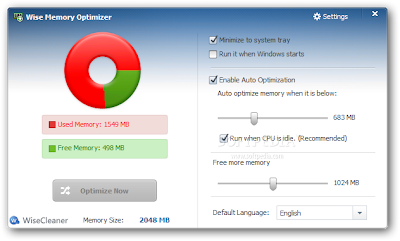

The clerks of type MEMORYCLERK_XTP accounts for all the memory allocated to In-Memory OLTP engine. Memory allocated to the In-Memory OLTP engine and the memory-optimized objects is managed the same way as any other memory consumer within a SQL Server instance. Memory consumed by In-Memory OLTP engine across the instance SELECT memory_object_addressįROM sys.dm_os_memory_objects WHERE type LIKE '%xtp%' All run-time structures are tagged with XTP. You can determine the memory consumed by run time structures, such as the procedure cache with the following query: run this query to get the memory used by run-time structures such as for the procedure cache. Memory consumption at run-time when accessing memory-optimized tables Sample Output memory_consumer_ desc allocated_bytes_kb used_bytes_kb allocation_countįor more information, see sys.dm_xtp_system_memory_consumers (Transact-SQL). , allocated_bytes/1024 AS allocated_bytes_kb You can find the memory used for these system objects by querying sys.dm_xtp_system_memory_consumers as shown here.

Memory is also consumed by system objects, such as transactional structures, buffers for data and delta files, garbage collection structures, and more.

Memory consumption by internal system structures Sample Output Name object_id memory_allocated_for_table_kb memory_used_by_table_kb memory_allocated_for_indexes_kb memory_used_by_indexes_kbįor more information, see sys.dm_db_xtp_table_memory_stats. You can find memory consumption for all user tables, indexes, and system objects by querying sys.dm_db_xtp_table_memory_stats as shown here. Memory consumption by memory-optimized tables and indexes There are many DMVs available to monitor memory consumed by memory-optimized tables, indexes, system objects, and by run-time structures. This report shows memory consumption by the database we created above. WHILE Standard Reports -> Memory Usage By Memory Optimized Objects ) WITH (MEMORY_OPTIMIZED = ON, DURABILITY = SCHEMA_AND_DATA) take database offline/online to finalize the binding to the resource poolĬ1 int NOT NULL CONSTRAINT PRIMARY KEY NONCLUSTERED you can query the binding using the catalog view as described here create a database to be usedĪLTER DATABASE IMOLTP_DB ADD FILEGROUP IMOLTP_DB_xtp_fg CONTAINS MEMORY_OPTIMIZED_DATAĪLTER DATABASE IMOLTP_DB ADD FILE( NAME = 'IMOLTP_DB_xtp', FILENAME = 'C:\Data\IMOLTP_DB_xtp') TO FILEGROUP IMOLTP_DB_xtp_fg ĬREATE RESOURCE POOL PoolIMOLTP WITH (MAX_MEMORY_PERCENT = 60) ĮXEC sp_xtp_bind_db_resource_pool 'IMOLTP_DB', 'PoolIMOLTP'
#Wise memory optimizer serial numbers code
Paste this code into the new query window and execute each section.
In the example, we mapped the database to a resource pool so that we can control how much memory can be taken by memory-optimized tables. The following steps create a database with three memory-optimized tables that you can use in the remainder of this topic. You can skip this section if you already have a database with memory-optimized tables. Managing memory consumed by memory-optimized objects Sections in this topicĬreate a sample database with memory-optimized tables This topic covers monitoring your In-Memory OLTP memory usage. This gives you visibility at both the system and database level and lets you prevent problems due to memory exhaustion. You can monitor the amount of memory allocated and used by memory-optimized tables and indexes in your database using the DMVs or performance counters provided for memory and the garbage collection subsystem. In-Memory OLTP consumes memory in different patterns than disk-based tables. Applies to: SQL Server Azure SQL Database


 0 kommentar(er)
0 kommentar(er)
